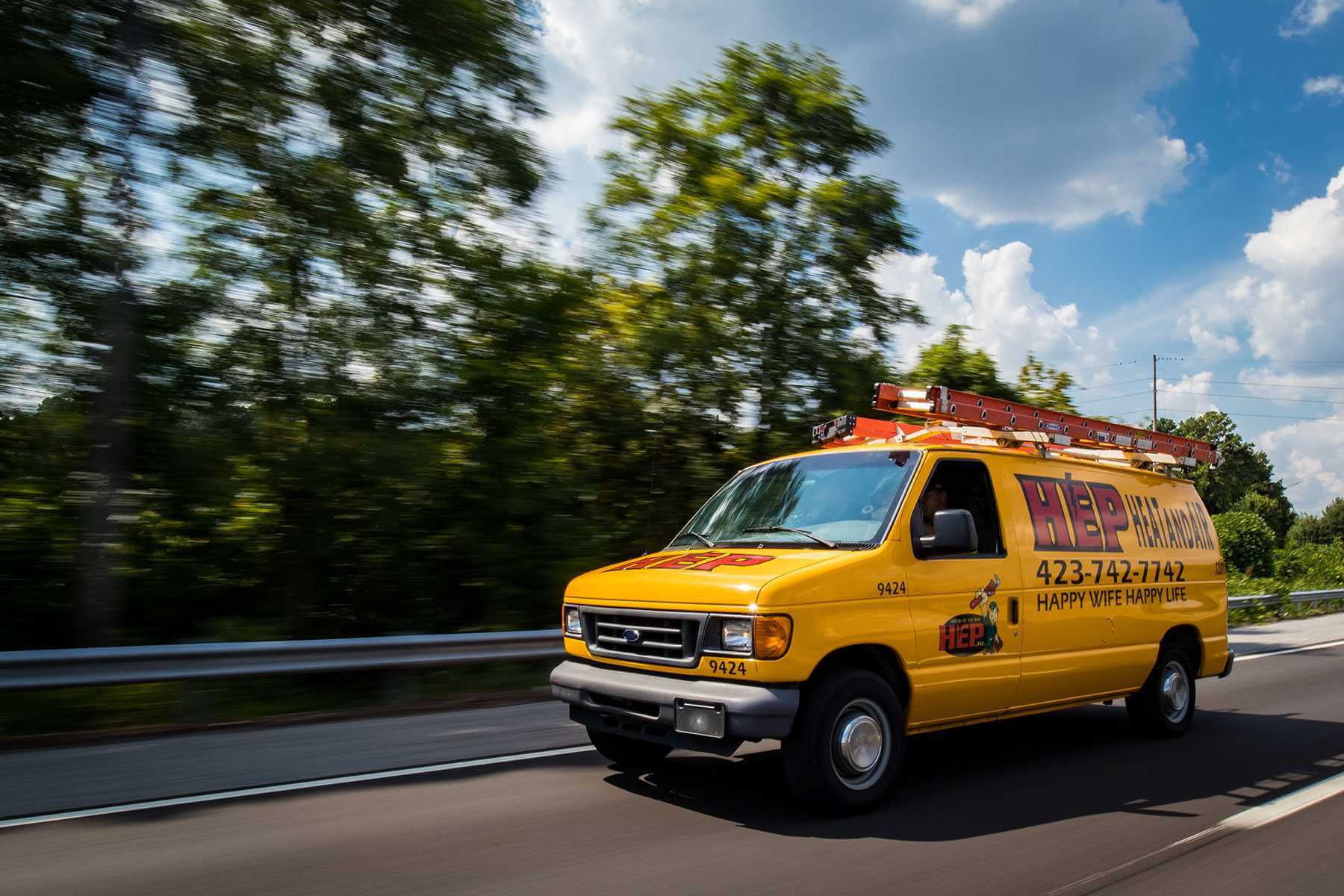

No-dig Pipe Lining
Your trusted partner for professional home services. Quality workmanship, guaranteed satisfaction.




- HEP Plumbing
- No-dig Pipe Lining
No-dig Pipe Lining | Main Line Issues | Plumbing | Huntland
When tree-root invasions, age-worn clay pipes, or mysterious backups signal stubborn main line issues beneath your Huntland property, HEP’s no-dig pipe lining service swoops in with a smarter solution. Instead of trenching through prized landscaping or jackhammering driveways, we thread a flexible, resin-saturated liner through the existing pipe, inflate it, and cure it in place. In just a few hours you have a seamless, joint-free “pipe within a pipe” that resists corrosion, roots, and future leaks—often backed by a 50-year life expectancy.
Homeowners and businesses love that our method is cleaner, faster, and typically 30–40 % less expensive than traditional excavation. Plus, you don’t have to juggle multiple contractors or endure weeks of disruption; HEP’s licensed plumbers handle inspection, lining, and post-repair camera verification in one streamlined visit. If you’re ready to protect your yard, budget, and peace of mind, schedule your free on-site assessment today and discover why Huntland trusts HEP to make buried problems disappear.
FAQs
What is no-dig (trenchless) pipe lining and how does it solve main line problems in Huntland?
No-dig, or trenchless, pipe lining is a rehabilitation method that repairs cracked, root-infested, or leaking sewer main lines without the need for extensive excavation. A flexible liner saturated with epoxy resin is inserted into the existing pipe through a small access point, then inflated and cured in place to form a seamless, joint-free new pipe inside the old one. For Huntland homeowners, this means their main line can be restored to like-new condition without tearing up yards, driveways, or mature landscaping.
How long does the cured-in-place pipe (CIPP) liner last?
Most CIPP liners carry a 50-year design life and often exceed that in real-world use. The epoxy material resists corrosion, root intrusion, and common chemical attacks found in wastewater. When installed by a licensed Huntland trenchless contractor and inspected after curing, the liner typically provides decades of worry-free service comparable to brand-new PVC or HDPE piping.
What types of main line issues can be fixed with no-dig lining?
Trenchless lining is ideal for repairing: • Cracks or fractures caused by soil movement • Small to moderate gaps at pipe joints • Infiltration from tree roots • Pin-hole leaks or general deterioration in clay, cast-iron, Orangeburg, or PVC sewer mains • Offset joints or minor misalignments (usually under 20% displacement) If the pipe has collapsed entirely or is severely mis-pitched, a full replacement may still be required.
Will my yard, driveway, or landscaping be disturbed during the process?
Minimal disturbance is a core advantage of no-dig lining. The technician needs only one or two small access pits—often at existing clean-outs or the property line—and works through those openings. There is no continuous trenching, so lawns, flowerbeds, retaining walls, and concrete surfaces remain intact. After the liner cures (generally 2–4 hours), the access hole is back-filled and sod or mulch is replaced, leaving almost no visible sign of the repair.
How does the cost of trenchless lining compare with traditional dig-and-replace in Huntland?
While job specifics vary, no-dig lining usually costs 20–30% less than a full excavation when you factor in restoration expenses such as replacing concrete, asphalt, landscaping, fencing, or irrigation. Add-on savings include shorter project timelines, fewer labor hours, and reduced permitting fees for street cuts or right-of-way repairs. Most Huntland homeowners also appreciate the intangible value of preserving mature trees and hardscaping.
Is trenchless pipe lining approved by local building codes and what permits are needed?
Yes. The State of Tennessee Plumbing Code, which Huntland follows, recognizes ASTM F1216 and ASTM F2561 standards for cured-in-place pipe. Licensed plumbing contractors pull the same sanitary sewer repair permit they would for a conventional replacement, then schedule a post-installation camera inspection with the city or county inspector. Once the footage confirms proper curing and a leak-free seal at tie-ins, the permit is closed and the repair is officially documented for future resale disclosures.